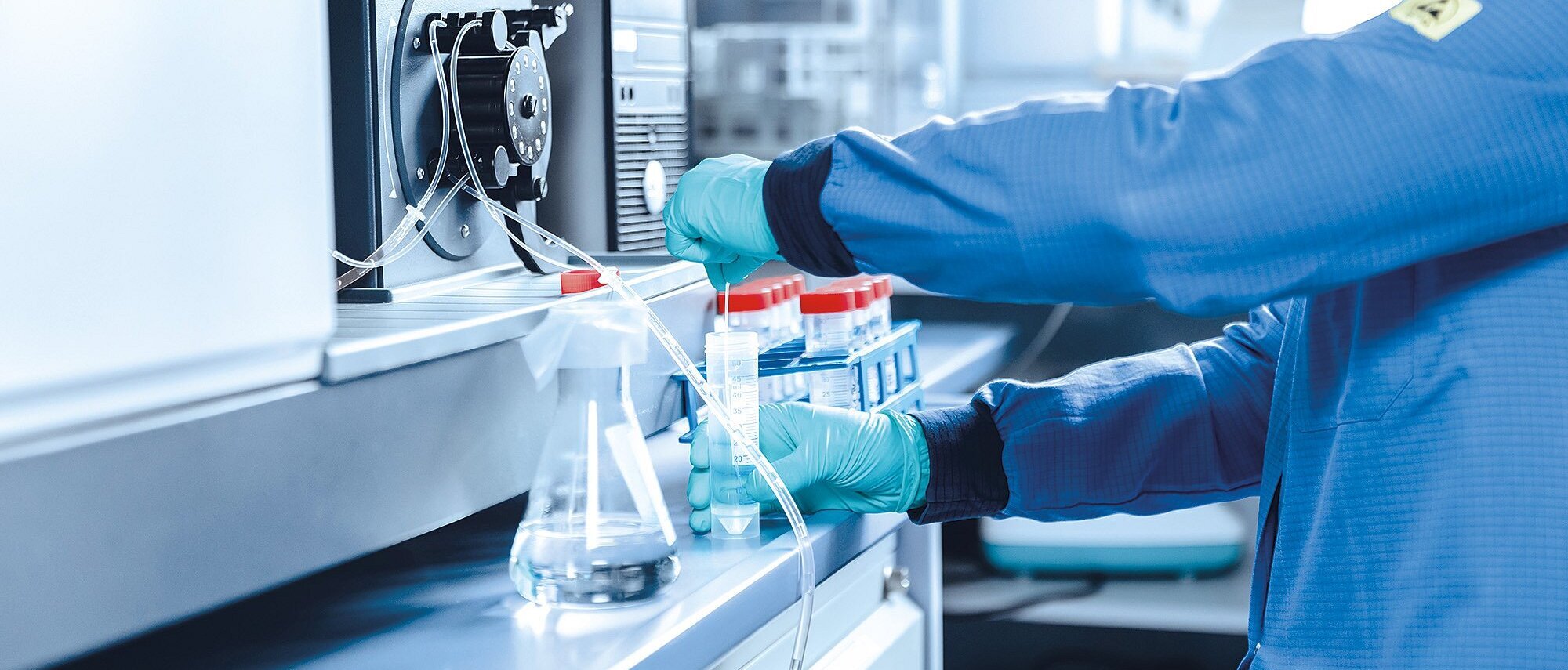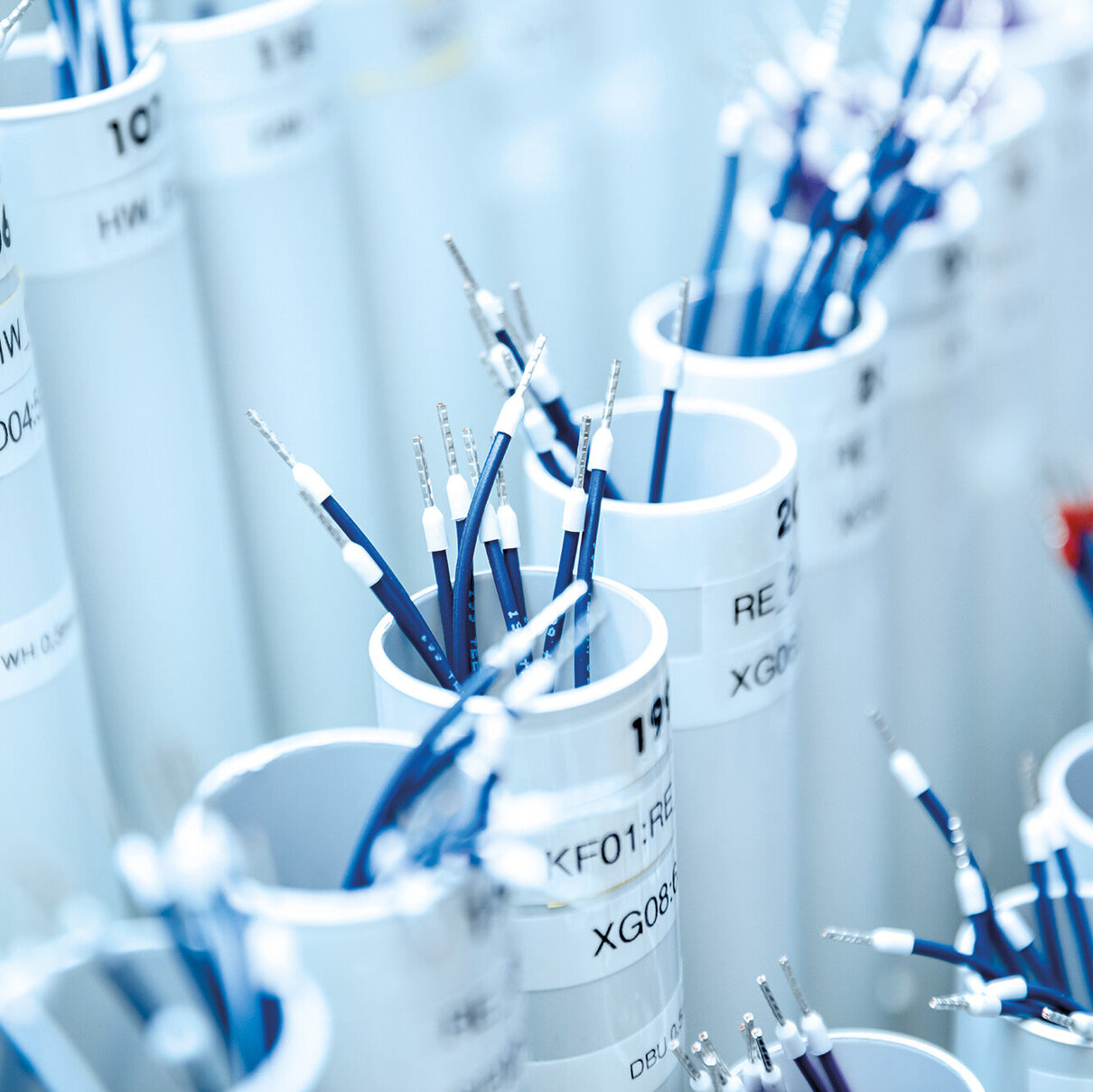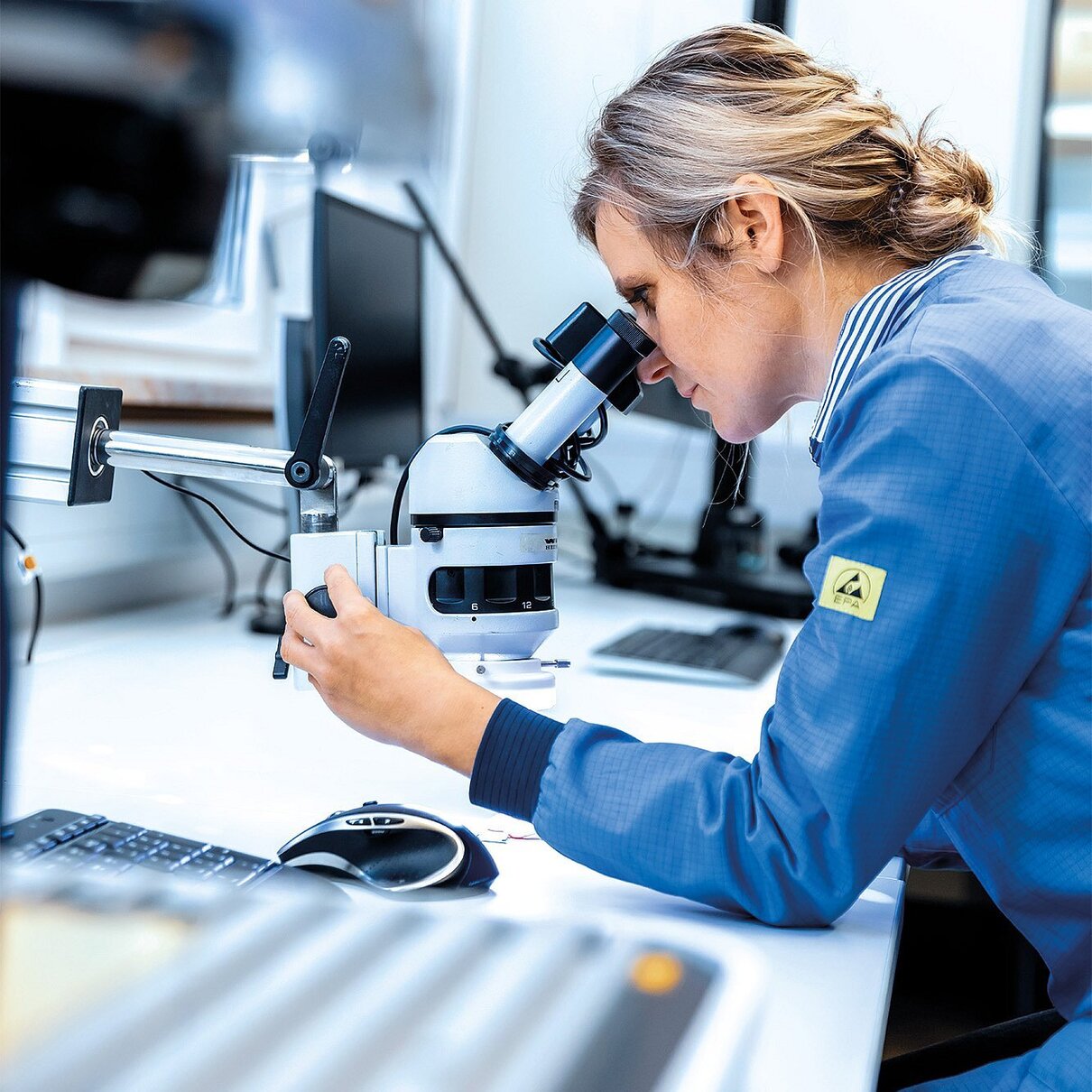

Generally speaking, material compliance includes all legal and customer-specific rules and regulations regarding substances found in products.
All relevant regulations are summarized in our “Guideline on the Prohibition and Declaration of Substances.” This guideline aids our company and our suppliers in the responsible and environmentally sound handling of substances and products in development, production, use, and waste disposal. The guideline helps to ensure that human health and the environment are afforded a high level of protection with a view towards sustainable development. This applies in particular to all suppliers of Zollner Elektronik AG, regardless of the country of delivery.


This guideline allows us to regulate prohibited and declarable substances in products and the associated obligation to inform. This provision includes auxiliary and operating materials, insofar as these remain on the product or are to be classified as hazardous materials, as well as packaging and transport materials, insofar as these are delivered to the customer with the product. This guideline also includes market-specific statutory regulations by default.
This RoHS Directive regulates the use of substances classified as hazardous in electrical and electronic equipment. Since coming into force in 2006, the following 10 substances have been affected:
As of 07.22.2019, the substances DEHP, BBP, DBP and DIBP are also prohibited under RoHS by the Annex (2015/863/EU "RoHSIII"). Since these substances were already prohibited under REACH as of 02.21.2015, we no longer had any significant impact here.
At the end product level, virtually all customers are now affected by these regulations. The only exceptions are customers in the transportation, aviation and military sectors, as well as equipment for large-scale fixed installations. For the automotive sector, the End-of-Life Vehicle Directive (ELV) applies, which is comparable to RoHS.
There are also exemptions at a component level, including for the use of lead, which generally apply to all customers. The RoHS exemptions 6 and 7 are generally relevant. These exemptions are mainly applied to resistors, discrete semiconductors (diodes, transistors) with higher currents and brass connectors. In the mechanical field, the focus is on brass parts as well as free-cutting steel with a lead content >0.1%. These exemptions were provisionally extended in 2018 until 07.21.2021. Due to extension applications submitted by 01.21.2020, the previous deadline no longer applies. A new time limit is possible at the earliest 12 months following the decision from the EU Commission.
Due to the restriction on the use of lead, soldering processes at Zollner had already been converted to lead-free soldering from 2006 onwards. As a result, a great deal of the soldering equipment had to be replaced or retrofitted.
This regulation also basically restricts the same six original substances of the European RoHS. However, since there are no component-level exemptions here, it can usually be assumed that lead above the limits is present in the homogeneous material of some components in electronic equipment. Zollner Elektronik AG expects its products to have an environmentally-friendly service life of at least 25 years.
Regulation (EC) 1907/2006 on the Registration, Evaluation, Authorization and Restriction of Chemicals ("REACH")
"REACH" stands for Registration, Evaluation, Authorization and Restriction of Chemicals. Regulation (EC) No. 1907/2006 on the Registration, Evaluation, Authorization and Restriction of Chemicals ("REACH”) came into force on June 1, 2007. This means the following:
The list of SVHCs concerned is updated twice per year and is available at this link: echa.europa.eu/candidate-list-table
We check the relevance of new substances at these intervals and inform our customers immediately if there would be an influence on their products.
Since this legislation came into force, Zollner Elektronik AG has been informing all suppliers of the obligation to provide information in accordance with Article 33 and has taken the legislation into account in supplier contracts. All notifications of changes in connection with SVHC candidate substances are recorded centrally, the affected components are marked in SAP, and customers are informed via a PCN. However, in principle, all lithium batteries are affected by SVHC EGDME (CAS: 110-71-4) and relays with CdO contacts by SVHC CADMIUMOXIDE (CAS 1306-19-0).
On 06.27.2018 lead metal was added as a new substance to the SVHC list.
All lead soldered products and non-RoHS compliant components usually contain lead above the prescribed limits.
Also all components claiming an RoHS exemption (e.g. 6c, 7a..) - with the exception of glass and ceramic components (7c-I) - are in principle affected by the notification obligation according to REACH Article 33. One focus in the field of electronic components here is on discrete semiconductors (diodes, transistors) with higher currents and bras connectors. In the mechanical field, the focus is on brass parts as well as free-cutting steel (6a) with a lead content >0.1%.
We use external databases to record components, which we use to record material compliance data. In addition, we use material data from our customers to be able to determine the SVHC influence.
In contrast to RoHS, the substance prohibitions introduced by REACH legislation apply to all industries.
According to the above-mentioned EU Directive and the subsequent implementation in German chemicals act according to § 16 f, manufacturers must report substances of very high concern (SVHC) in their products to the European Chemicals Agency (ECHA).
This results in an obligation to provide information to direct customers on SVHC substances in order to provide the required data.
The declaration of substances is intended to increase the recycling rate of end-of-life vehicles.
Zollner has been creating IMDS entries for automotive customers for more than 10 years. In this system, Zollner and the suppliers of all relevant purchased parts declare the substances of the components. The residual lead contents of individual components have also been taken into account here for more than five years. The IMDS entries also ensure conformity with the GADSL (Global Automotive Declarable Substance List).
Back in September 2019 the IMDS Steering Committee voted to deactivate REC019. As a result, according to the Steering Committee, suppliers of electronic components must now finally submit a complete material declaration as of May 19, 2021.
Regardless of Recommendation 019, Zollner previously declared components that claimed ELV exemption (e.g. residual lead content) separately.
Since 2020, complete material data without using REC019 has been requested from our suppliers for relevant new projects and provided to our customers via the IMDS portal.
Due to the delegated regulation 2020/784 amending the above-mentioned decree and the related relevance of the perflouroctanoic acid (PFOA) substance, which came into force on 07.04.2020, this legality also came into focus at Zollner.
However, exemptions, such as for certain medical devices, membranes, etc., which expire at later dates, were also mentioned. As such, this significantly minimizes the impact of the directive on us and our customers.
The deadlines for these exemptions, like the RohS exemption deadlines, are monitored by Zollner and reported to our customers in a timely manner if this has a relevant impact on our customer products.
The mining of certain minerals in the Democratic Republic of Congo (DRC) and neighboring countries contributes, in part, to significant human rights violations and funding of violent conflicts in that region. In 2010, the U.S. Congress passed a law commonly referred to as the Dodd-Frank Act (full name: "Dodd-Frank Wall Street Reform and Consumer Protection Act"). Section 1502 of the Dodd-Frank Act, which was passed by the U.S. Securities and Exchange Commission (SEC), requires companies listed on U.S. exchange to disclose whether the products they manufacture or have manufactured contain "conflict minerals" that are "necessary to the functionality or production" of those products. "Conflict minerals" include tantalum, tin, tungsten (and the ores from which they are derived), and gold, regardless of where they are sourced, processed, or sold. Since January 01, 2021, Regulation (EU) 2017/821 entered into force to establish supply chain due diligence requirements for Union importers of certain raw materials from conflict and high-risk areas.
Zollner itself does not procure any of the critical minerals from the affected regions of East Africa. We also expect our suppliers to comply with the requirements of the Responsible Business Alliance (RBA) and the UN, making commercially reasonable efforts to source only raw materials from environmentally and socially responsible sources.
In order to support the customer in the subject matter, Zollner collects to the best of its knowledge and belief the information currently provided by the manufacturers or suppliers in an RMI (Responsible Minerals Initiative) template, the so-called CMRT (Conflict Mineral Report Template), at company level.
